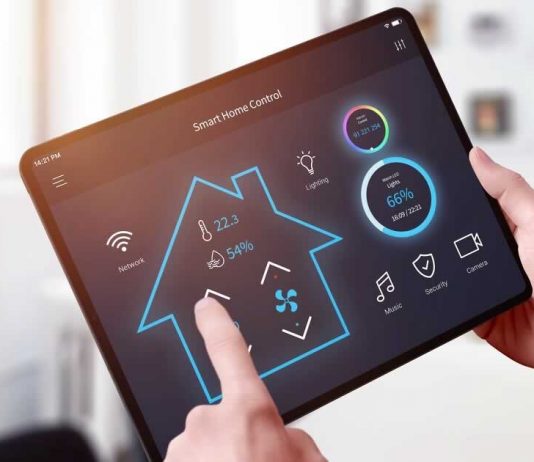Home security is a common concern for many homeowners. After all, no one wants to feel unsafe in their own home. However, many homeowners don’t know how to go about making their homes safer or how to do so on a budget. If you’re interested in upgrading the protection in, around, and for your home, below are a few suggestions to get you started.
Home Surveillance Equipment
The most obvious way to upgrade the protection around your home is with some home surveillance equipment. For example, many homes now have video cameras in their doorbells, allowing them to monitor who is at their front door. A video doorbell can keep an eye on the front of your home and also record anyone who passes in front of the camera. This is an especially good upgrade if you’ve had packages stolen from your front steps before.
Other homes use even more surveillance equipment. For instance, you could have cameras located all around your home’s exterior, allowing you to monitor more than just the front door. Other homes have cameras inside the house. These might be useful if you have pets at home that you want to keep an eye on or if you regularly let strangers into your home, such as a nanny. A few cameras located throughout your home and connected to the internet will allow you to surveil your home at all times by just checking your phone.
Outdoor Lighting
Another simple upgrade you can make is some outdoor lighting. Outdoor lights can help ensure that there is nothing dangerous outside the home, such as wild animals, before you leave. More lights also deter intruders, who would prefer to stay hidden. With your outdoor lights, you can decide whether you want to set them to a timer, where they will turn on when it gets dark, or if you want to use a motion sensor.
Motion-sensing lights will remain off unless they detect movement, allowing the bulbs to last longer and save you some money on your energy costs. However, you may need to tinker a bit with the motion sensor to ensure it’s properly monitoring your desired area. These lights can also be a little sensitive and may turn on for things like tree branches moving in the wind. Consider which outdoor light setup works best for your situation.
Home Warranty Protection
A less common, but equally useful, upgrade for your home is home warranty protection. With home warranty protection you’re guarded against financial complications rather than intruders. A home warranty policy provides financial assistance if a major part of your home experiences an issue, such as your furnace, AC, or washing machine. As these systems often play their own role in keeping your home safe, such as avoiding extreme temperatures, a home warranty policy can ensure that you’re financially ready for these emergencies. To learn more, you can check out Cinch Home Services here, one such provider of home warranty protection.
Improved Door Locks
Another common upgrade for homeowners looking to improve security is the locks on their doors. Rather than just relying on the classic lock and key setup, you can now install much more sophisticated locks. For example, you can easily install a new lock that requires a numerical passcode, which is much more secure than your standard lock.
Password-protected door locks are not only great for people who want to improve their home security but also for people who rent out their homes when they’re away. Rather than giving guests their own key, which creates security problems after they leave, you can simply give them a password, then change it after they leave. Improved door locks are a relatively affordable and easy way to protect your home if you’re looking for a simple place to get started.
Internet Protections
Finally, it’s important that you also protect your home’s internet connection. These days, most people have a wireless internet setup throughout the home, allowing them to connect to the internet with all their different devices, such as their smartphones, television, or laptop. However, if you’re not careful, these wireless connections can create a security risk. Someone could break into your wireless setup and access private information, such as your bank account information or social security number.
If you’re worried about the security of your wireless connections, you can make some changes within the settings for your router. One easy way to start is by using a WPA2-protected passcode rather than a WEP-protected code. You can also change your wireless password to something more secure by adding in capital letters, numbers, or special characters. For more ways to protect your home’s internet connection, you should talk to your internet service provider.
